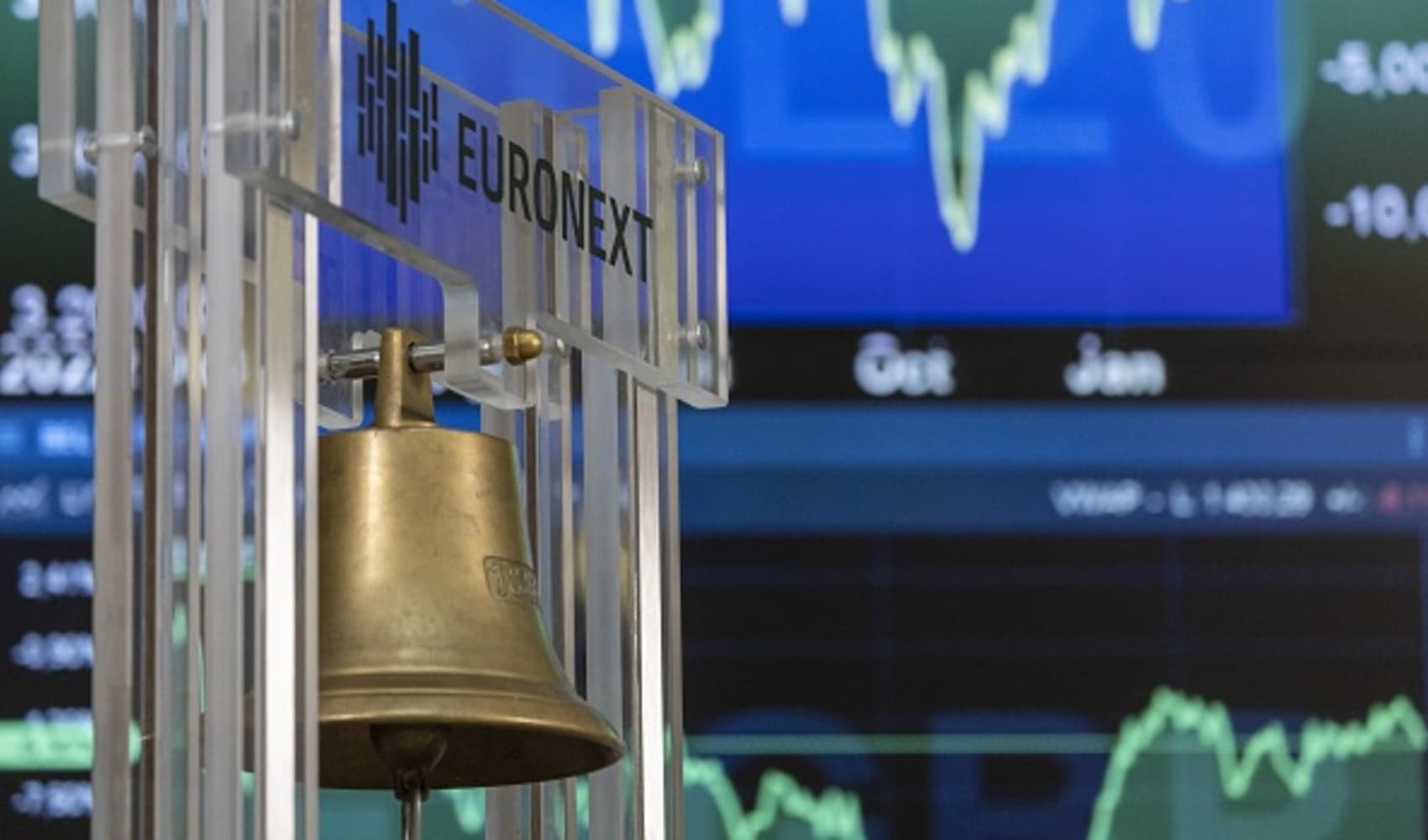
- The consumer price index held flat in May though it increased 3.3% from a year ago. Both numbers were 0.1 percentage point below market expectations.
- Excluding volatile food and energy prices, core CPI increased 0.2% on the month and 3.4% from a year ago, compared with respective estimates of 0.3% and 3.5%.
- Price increases were held in check by a 2% drop in the energy index and just a 0.1% increase in food.
The consumer price index showed no increase in May as inflation slightly loosened its stubborn grip on the U.S. economy, the Labor Department reported Wednesday.
The CPI, a broad inflation gauge that measures a basket of goods and services costs across the U.S. economy, held flat on the month though it increased 3.3% from a year ago, according to the department's Bureau of Labor Statistics.
Economists surveyed by Dow Jones had been looking for a 0.1% monthly gain and a 3.4% annual rate.
Excluding volatile food and energy prices, core CPI increased 0.2% on the month and 3.4% from a year ago, compared with respective estimates of 0.3% and 3.5%.
Money Report
Following the report, stock market futures pushed higher while Treasury yields slid.
Though the top-line inflation numbers were lower for both the all-items and core measures, shelter inflation increased 0.4% on the month and was up 5.4% from a year ago. Housing-related numbers have been a sticking point in the Federal Reserve's inflation battle and make up a heavy share of the CPI weighting.
Get a weekly recap of the latest San Francisco Bay Area housing news. Sign up for NBC Bay Area’s Housing Deconstructed newsletter.
Price increases were held in check, though, by a 2% drop in the energy index and just a 0.1% increase in food. Within the energy component, gas prices tumbled 3.6%. Another nettlesome inflation component, motor vehicle insurance, saw a 0.1% monthly decline though was still up more than 20% on an annual basis.
"Finally, some positive surprises as both headline and core inflation beat forecasts," said Robert Frick, corporate economist with Navy Federal Credit Union. "There was relief at the pump, but unfortunately home and apartment costs continue to rise and remain the main cause of inflation. Until those shelter costs begin their long-awaited fall, we won't see major drops in CPI."
The release comes at an important juncture for the economy as the Federal Reserve weighs its next moves on monetary policy, which will be based heavily on where inflation is heading.
Later Wednesday, the rate-setting Federal Open Market Committee will wrap up its two-day policy meeting. Markets widely expect the Fed to keep its benchmark overnight borrowing rate targeted in a range of 5.25%-5.50%, but will be looking for clues about where the central bank is heading.
Following the CPI release, futures traders upped the chances of the Fed cutting in September, which would be the first move lower since the early days of the Covid pandemic.
The market-implied probability for a September reduction was about 73%, up from about 53% the day before, according to the CME Group's FedWatch measure. The odds for a second cut in December rose to about 72% after being around 50-50 on Tuesday.
However, the market outlook has been volatile, and Fed officials have stressed that they need to see more than a month or two of positive data before easing policy.
"You're going to need three more months of very friendly inflation data to cut" in September, said Joseph LaVorgna, chief economist at SMBC Nikko Securities. "If they start easing or talk about easing more, I think they're going to complicate their own their own goals of getting inflation back to 2%."
Durable inflation has kept the Fed on the sidelines since it last hiked rates in July 2023. At the March meeting, FOMC members indicated the likelihood that they could cut rates three times this year for a total of 0.75 percentage point, but they are expected to amend that down to either two or even just one reduction.
In addition, committee members will update their projections on gross domestic product growth as well as inflation and unemployment, all of which could be influenced by the CPI numbers. Economists expect the Fed to raise its projections for inflation and lower the outlook for broad economic growth as reflected by GDP.
Though the Fed doesn't use the CPI as its main inflation indicator, it still figures into the calculus. Policymakers focus more on the Commerce Department's personal consumption expenditures price index, a broader gauge that takes into account changes in consumer behavior.






